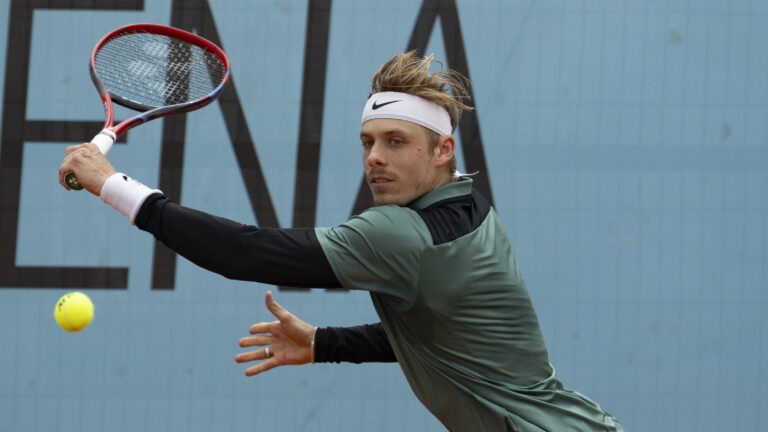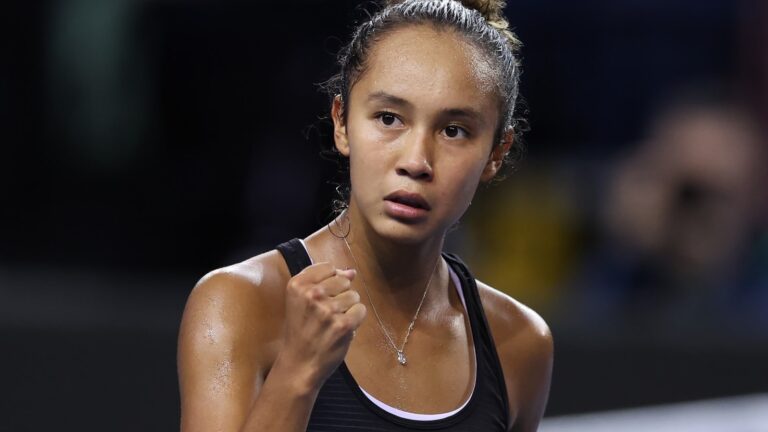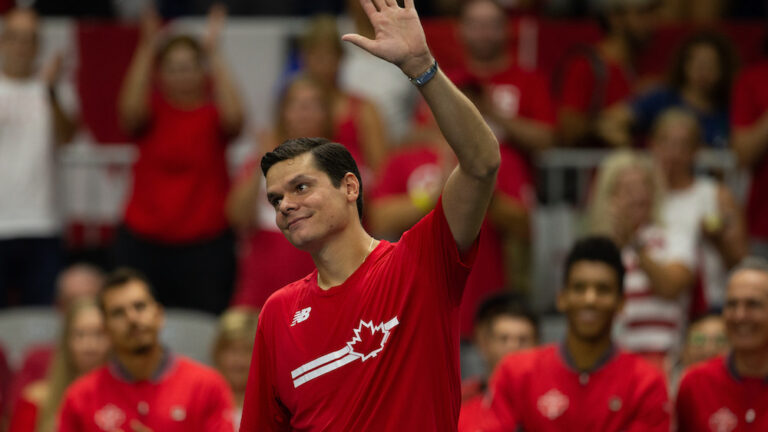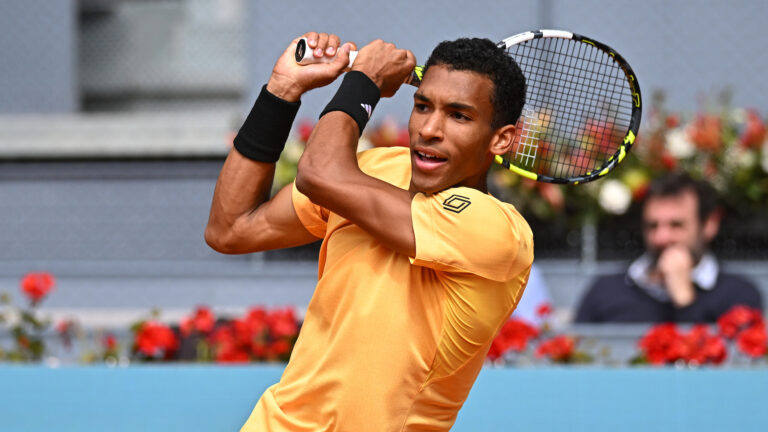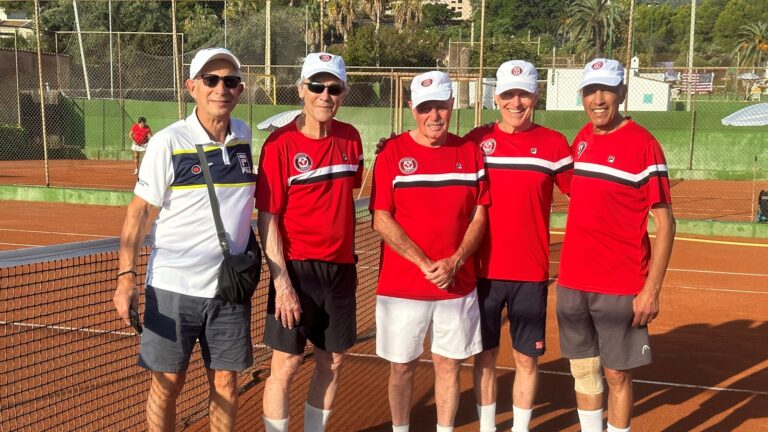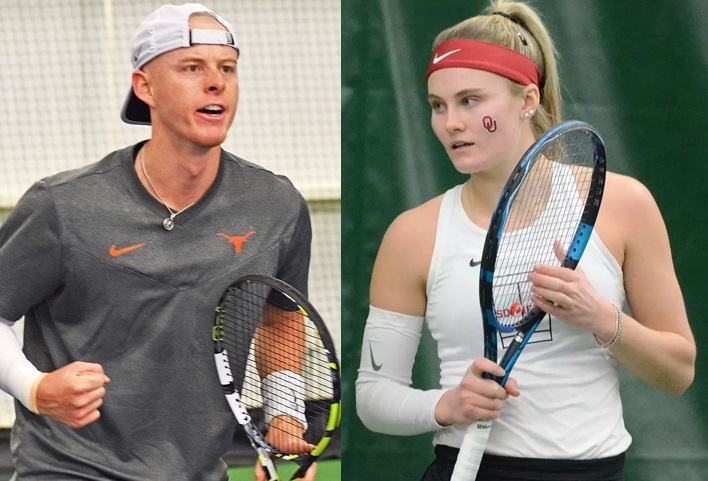
Photo :
What do Danielle Collins, Cameron Norrie, Jennifer Brady, John Isner, Carol Zhao, Maxime Cressy, Brandon Nakashima and Ben Shelton have in common?
For one thing, they all came up through the tennis programs of colleges and universities in the National Collegiate Association of Athletics (NCAA) before embarking on the WTA or ATP Tour.
And so did Layne Sleeth and Cleeve Harper (pictured above), just like 2022 Davis Cup champions Gabriel Diallo and Alexis Galarneau, Carol Zhao and Brayden Schnur before them.
The NCAA may not be the most common path to a professional career, but it remains a really great option from the social and tennis perspectives. Though I mentioned some of the biggest names to have gone down the college and university route, many, many more players have made the same choice.
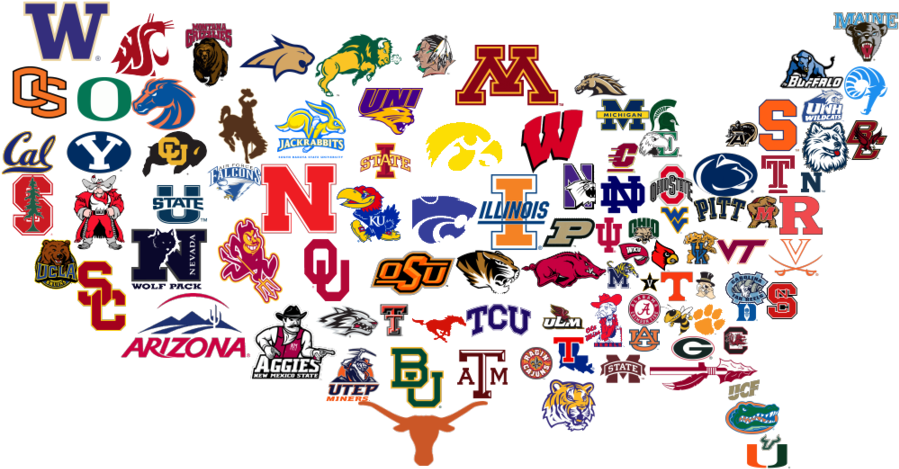
So how are our Canadian talents faring in the NCAA? Take a look at their best results this past season.
Read also: Layne Sleeth Reaches NCAA Singles National Championship Final
RANKINGS
But first, here’s what they achieved, as compiled by André Barrette, educational consultant at Tennis Canada.
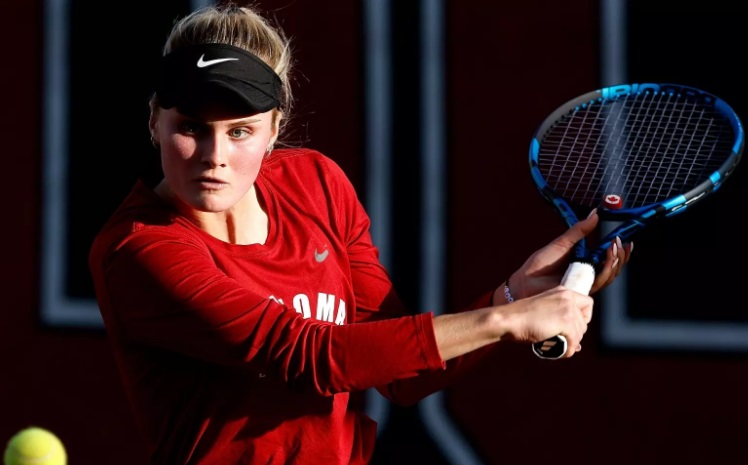
NCAA 2022–2023
Women (singles/Top 125)
- No. 15 – Layne Sleeth, Oklahoma
- No. 27 – Ariana Arseneault, Auburn
- No. 63 – Carson Branstine, Texas A&M
- No. 75 – Mia Kupres, Texas A&M
- No. 97 – Annabelle Xu, Virginia
Women (doubles/Top 90)
- No. 6 – Mélodie Collard, Virginia
- No. 7 – Carson Branstine, Texas A&M
- No. 32 – Ariana Arseneault, Auburn
- No. 34 – Raphaëlle Lacasse, Nebraska
- No. 38 – Mia Kupres, Texas A&M
- No. 67 – Layne Sleeth, Oklahoma
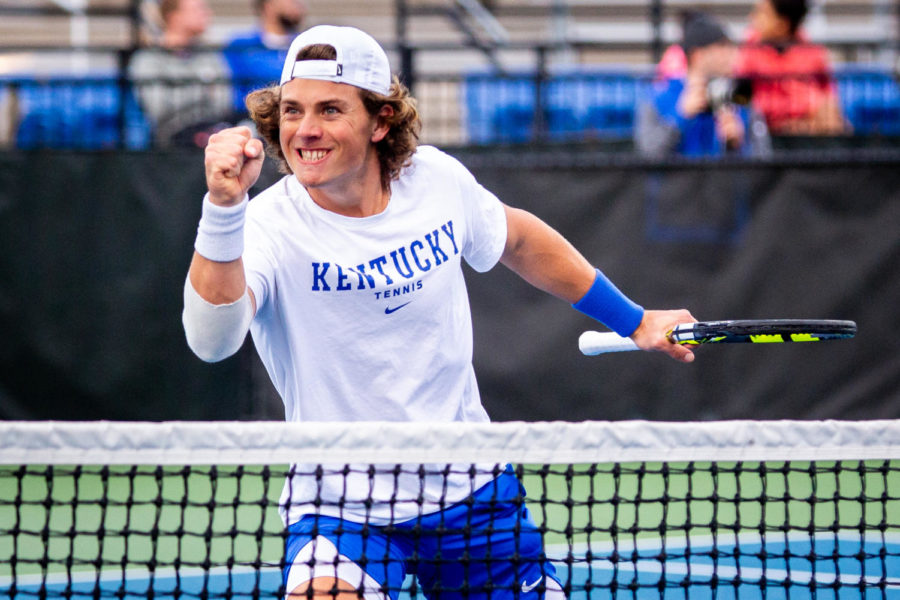
Men (singles/Top 125)
- No. 11 – Liam Draxl, Kentucky
- No. 26 – Justin Boulais, Ohio State
- No. 27 – Dan Martin, Miami (FL)
- No. 38 – Josh Lapadat, Kentucky
Men (doubles/Top 90)
- No. 2 – Cleeve Harper, Texas
- No. 26 – Justin Boulais, Ohio State
- No. 17 – Raul Dobai, Auburn
- No. 31 – Taha Baadi, Kentucky
- No. 56 – Josh Lapadat, Kentucky
- No. 70 – Dan Martin, Miami (FL)
NCAA national championships
Women (singles)
- Layne Sleeth, Oklahoma – Finalist
- Ariana Arseneault, Auburn – Round of 16
Women (doubles)
- Mélodie Collard, Virginia – Semifinalist
- Ariana Arseneault, Auburn – First Round
- Raphaëlle Lacasse, Nebraska – First Round
- Mia Kupres, Texas A&M – First Round
Men (singles)
- Liam Draxl, Kentucky – Round of 16
- Josh Lapadat, Kentucky – Second Round
- Dan Martin, Miami (Flo) – Second Round
- Justin Boulais, Ohio State – First Round
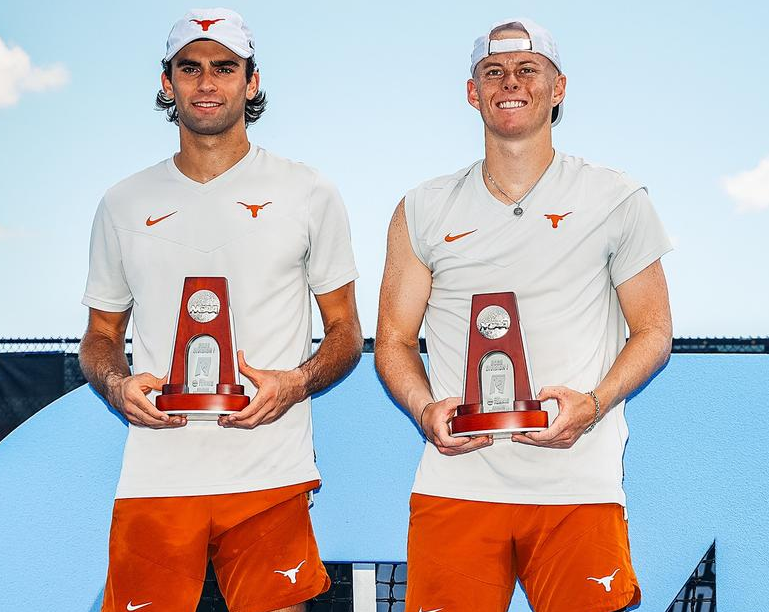
Men (doubles)
- Cleeve Harper, Texas – Finalist
- Raul Dobai, Auburn – Round of 16
- Justin Boulais, Ohio State – First Round
If you’re curious to know which of your favourites made it to the big leagues after a stint in the NCAA, head over to the College Tennis Ranks website, which maintains a standing regardless of the years players competed.
Read also: Cleeve Harper Wins NCAA Doubles Title in 2022
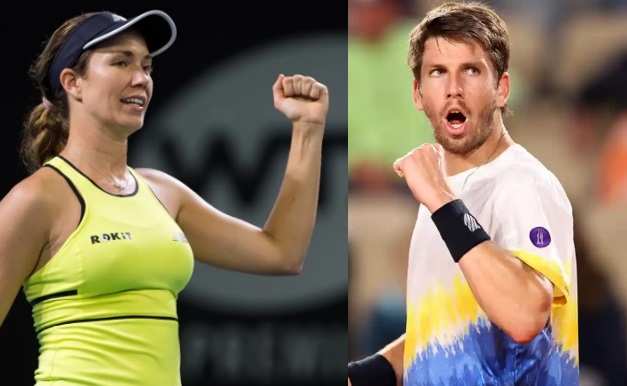
There are 187 women:
http://collegetennisranks.com/rankings/playersontour/wtasingles
And 444 men:
http://collegetennisranks.com/rankings/playersontour/atpsingles
ALL THE NCAA HAS TO OFFER
Some familiar faces in Canadian tennis have only good things to say about their time on the college circuit both in terms of their game and the life experience they gained.
“Competing in the NCAA is a really unique experience,” Alexis Galarneau said in a 2021 interview with Tennis Canada. “Being part of a team and representing your teammates, coaches and university is so motivating. I spent five great years here. They really helped me in my development.”
Read also: Thomas Venos Becomes First Canada to Graduate from US College on Wheelchair Tennis Team
Acknowledging that the transition from junior to pro can be a rough ride, he sees the NCAA as the perfect stepping stone.
“On the college circuit, you can better prepare and work on different aspects of your game for fixed periods. That’s something you can’t do as a pro. And you play against the best juniors.”
And the upside extends far beyond tennis.
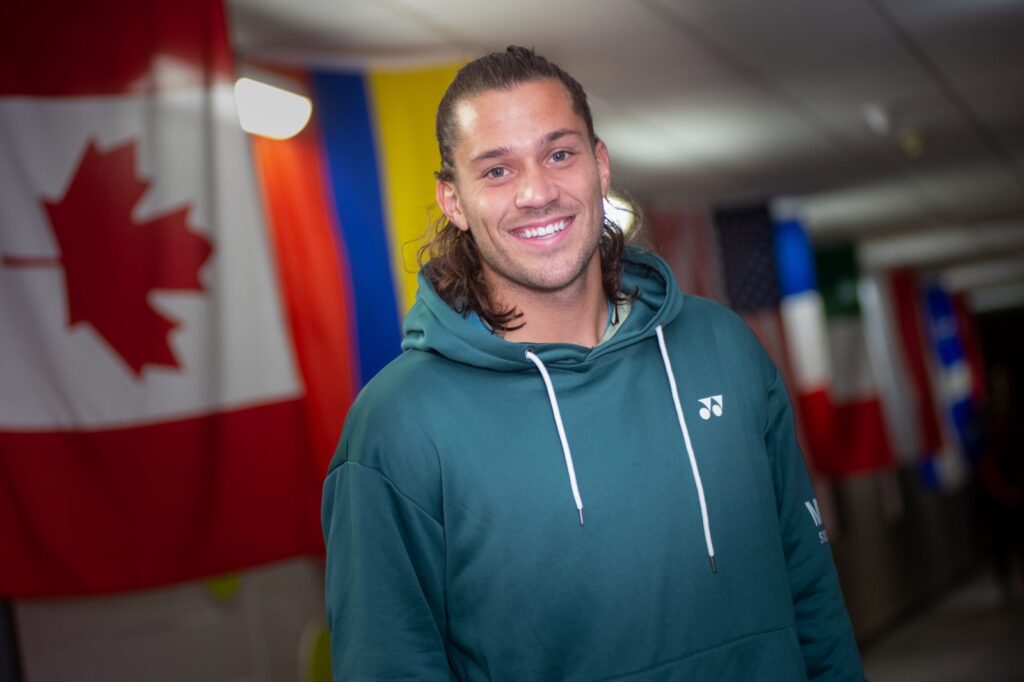
“It was important to me and my family that I earn my undergraduate degree before turning pro. It lifts some of the pressure and gives you a plan B. From a personal perspective, I’d say I learned a lot in school. Learning to organize my workload made me more mature,” said Galarneau, who earned a bachelor’s degree in finance.
Read also: Galarneau Ready for Davis Cup Spotlight
Alexis was part of the 2022 Davis Cup winning team with Vasek Pospisil, Denis Shapovalov and Félix Auger-Aliassime. As for Gabriel Diallo, the fifth member of the champion squad, he decided to leave the Kentucky Wildcats where he competed alongside Liam Draxl.
Since last summer, Diallo has skyrocketed 800 places in the rankings from No. 940 a year ago to No. 139, most notably after posting excellent results on the grass at the Surbiton Challenger in June.
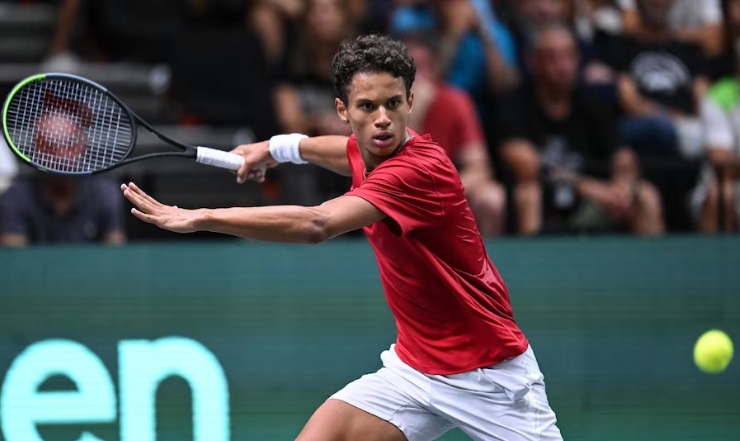
Currently in Nottingham, he’s in the mix at another preparatory tournament for the Wimbledon qualifiers.
Read also: Diallo Wins ITF Event in Montreal
His coach Martin Laurendeau also knows a bit about college tennis from his days as a member of the Pepperdine Waves (1984–1987).
“College tennis is a great way to play high-level tennis for someone who isn’t ready to make the jump to the pro tour after juniors. Frankly speaking, they’re not all exceptional players like Bianca, Eugenie, Leylah, Milos, Denis or Félix for whom the path to university was less appealing given their exceptional raw talent,” he explained.
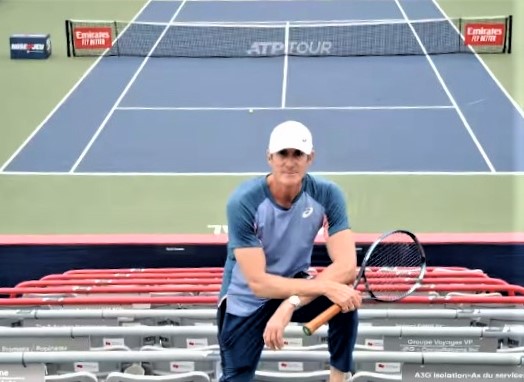
Like Galarneau, he emphasizes the team spirit and discipline of university life. Martin was among several Canadian talents, including Grant Connell, Glenn Michibata, Martin Wostenholme and Andrew Sznajder, who chose college tennis in the 80s.
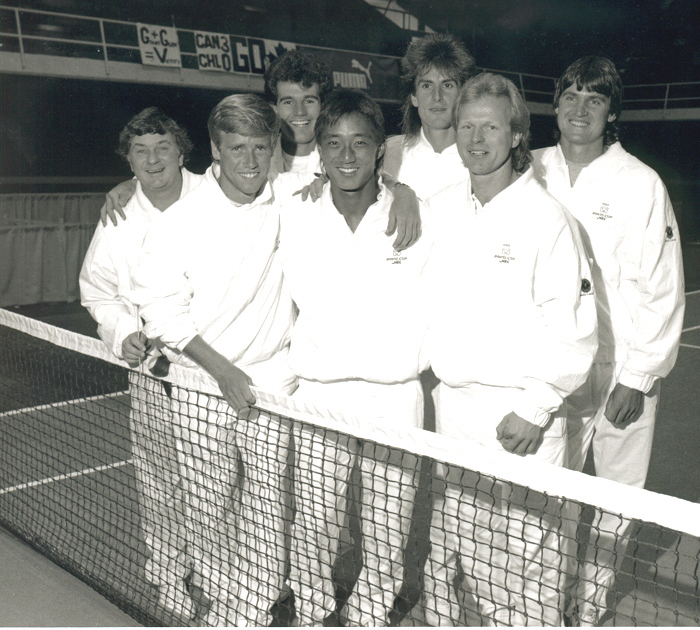
“It was the best solution at the time, since the tournament system, like the Challenger and Futures circuits, was far less developed, and most players chose that route. When I was 18, I may have been the Canadian No. 2, but I wasn’t ready to take that step. I didn’t have the financial backing, game, confidence or maturity for the pro tour. It was very formative for me personally.”
Read also: Diallo Caps Off Magical Run with First Challenger Title in Granby
Ask the veteran coach and he’ll tell you that it takes a lot of discipline to study and compete at such a high level: “If you don’t make the grades, you’re not eligible to play. That discipline is what readies you for life on the tour. It’s win-win. And I don’t see why the benefits would be any different now than in my day.”
It’s clear from the photo below that the NCAA didn’t stop the two young men on the left from experiencing some of the most intense emotions of their young careers in the making.
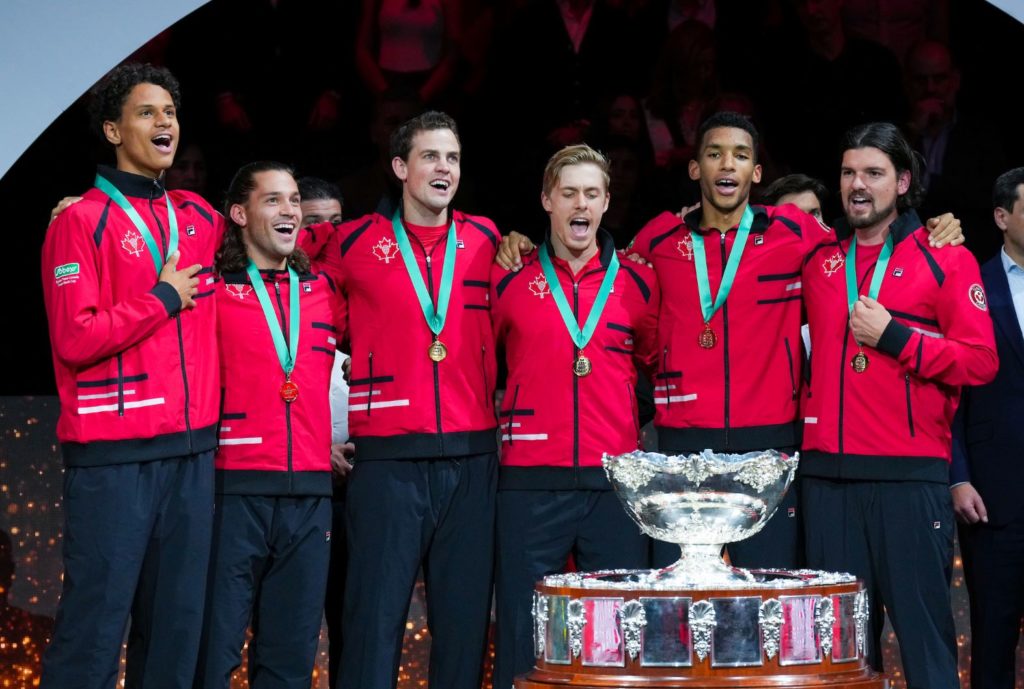
=======================================================
Email: privard@tenniscanada.com
Twitter: @paul6rivard
Follow all our Canadians in action here.
